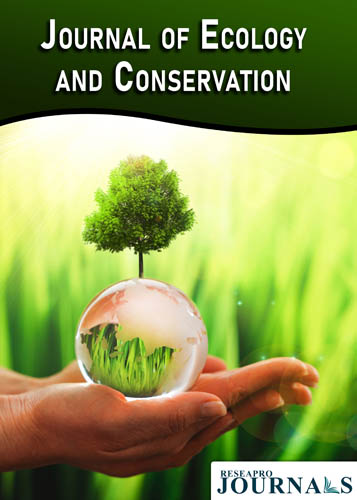
Journal of Ecology and Conservation
OPEN ACCESS

OPEN ACCESS

1Department of Environmental Science, Fakir Mohan University, Odisha, India
2Department of Chemistry, Utkal University, Odisha, India
Background
Keonjhar, Odisha, is a major mining hub, contributing significantly to India’s mineral production. However, large-scale mining operations have led to severe ecological disruptions, including deforestation, biodiversity loss, soil degradation, and water contamination. Despite regulatory frameworks such as the Forest Conservation Act (1980), mining-induced environmental degradation remains a critical issue.
Objective
This study investigates the ecological impact of mining in Keonjhar, focusing on deforestation trends, habitat fragmentation, soil erosion, water pollution, and the socio-environmental consequences for indigenous communities. Additionally, it evaluates the effectiveness of existing mitigation policies, such as the District Mineral Foundation (DMF), and identifies gaps in policy implementation.
Methodology
A qualitative approach was adopted, incorporating semi-structured interviews with key stakeholders. Thematic analysis was conducted using NVivo software to categorize recurring themes. Field observations and secondary data from government reports supplemented the findings.
Findings
Mining has led to the diversion of over 10,451 hectares of forest land, disrupting ecosystems and displacing wildlife. Heavy metal contamination has been detected in the Baitarani and Kusei rivers, impacting aquatic biodiversity and drinking water quality. Soil degradation, coupled with inadequate land reclamation efforts, has reduced agricultural productivity. Air pollution from PM10 and PM2.5 emissions has contributed to respiratory illnesses among residents. Despite substantial funds allocated to DMF, policy execution remains weak.
Conclusion
Mining in Keonjhar presents significant ecological and socio-economic challenges. Urgent policy reforms, stricter environmental monitoring, and community-led conservation initiatives are required to mitigate long-term environmental degradation.
1Department of Environmental Science, Fakir Mohan University, Odisha, India
2Department of Chemistry, Utkal University, Odisha, India